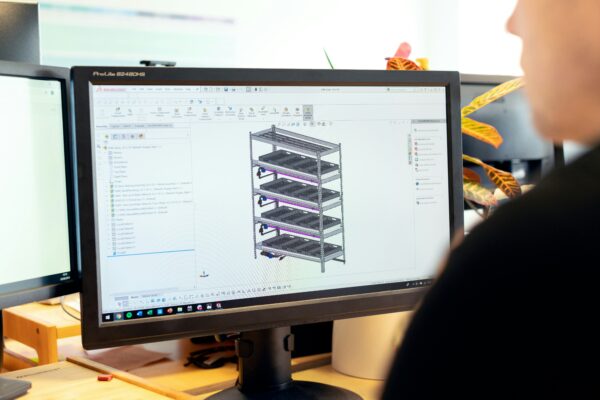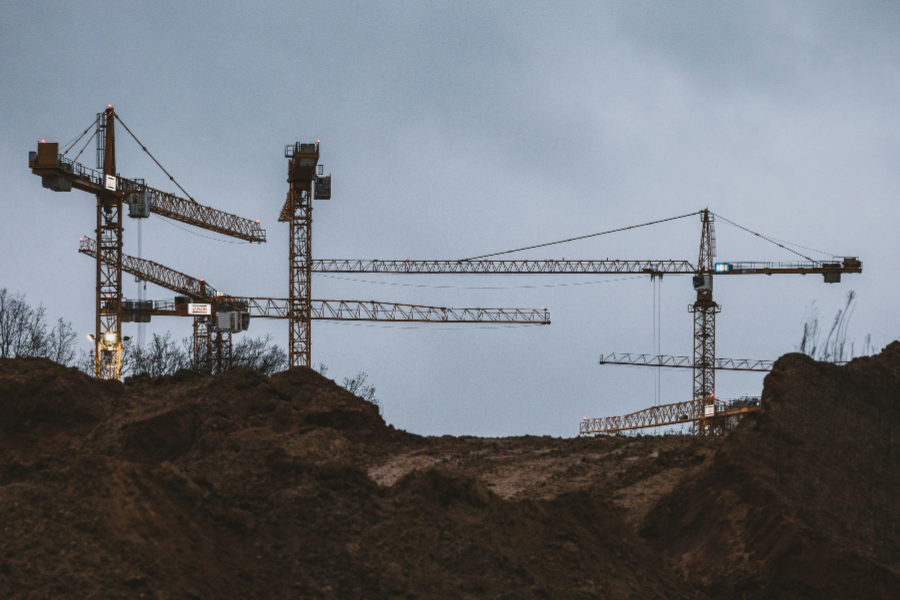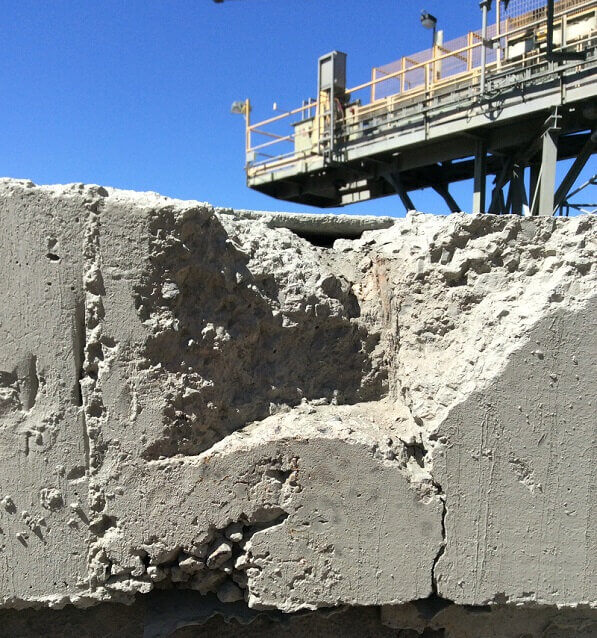The Future of Structural Engineering: Embracing Data-Led Collaboration for Better Results
For decades, structural engineering followed a familiar, if somewhat inefficient, pattern. Designs started as 2D layouts, which engineers would painstakingly mark up with redlines and notes. These sketches and hand annotations then passed through layers of interpretation. Engineers redrew geometry for analysis, drafters converted those notes into detailed drawings, and feedback loops dragged on, disconnected and slow.
The result? Rework, delays, and the familiar scourge of drawing fatigue. In industries like mining, where project timelines and budgets are razor-thin, this traditional workflow simply doesn’t cut it anymore.
The legacy method often means structural engineering designs fail to accurately reflect the real-world 3D geometry of complex plant layouts. Repeated rounds of sketch-based coordination between engineering disciplines turn into frustrating cycles of guesswork and interpretation. Drafters are left deciphering cryptic markups, and clients receive unstructured feedback, spawning revision loops that waste valuable time.
Put simply, these manual loops cost money and slow projects down.
The New Reality: Mining Projects Built in 3D From Day One
Today’s clients expect, and demand, a new level of collaboration. In mining projects, 3D models aren’t an afterthought; they are the foundation. Coordination between disciplines is no longer optional but mandatory.
Not new, you say? Perhaps, 3D modelling has been with us for a while. And yet, is your structural engineering still a separate workflow? I suspect it is.
At Yenem, we have embraced 3D modelling wholeheartedly. We work directly within client-provided models and platforms, integrating our trusted structural engineering analysis tools like Space Gass, STAAD.Pro, Strand7, Microstran, and Comosys into your existing workflow. And to ensure clarity and precision in communication, we leverage digital review tools like Bluebeam Revu, which transform static PDFs into dynamic collaboration hubs.

The Old Way: Manual Loops and Lost Context
When structural engineering teams operate independently of a client’s 3D plant model, it’s easy for errors to slip in:
- Layouts that don’t truly reflect the plant geometry
- Endless rounds of coordination based on hand sketches
- Drafters interpreting ambiguous markups
- Feedback lacking clear structure, leading to repetitive revisions
This disconnect costs time, and time means money.
Our Way: Model-Based Design Plus Digital Review
At Yenem, we don’t create separate 3D models to work in isolation. Instead, we perform structural engineering directly within your existing geometry and layout files, whether from AutoCAD Plant 3D, Navisworks, or SolidWorks. This means our analysis in Space Gass, Strand7, or Comosys aligns perfectly with your model, eliminating guesswork.
But the real game-changer comes in how we return and review our work.
How Bluebeam Revu Changes the Collaboration Game
Not every client uses Tekla or Revit, but nearly everyone works with PDFs. Bluebeam Revu takes these PDFs beyond simple drawings; they become a shared language that streamlines structural engineering communication and drastically reduces rework.
With Bluebeam, we can:
- Add smart, interactive markups directly on layout files, including live links, callouts, and status tracking
- Tag structural elements with design loads, notes, or fabrication instructions
- Flatten, layer, and color-code annotations for different trades, making coordination crystal clear
- Return PDF sets your team can filter, track, and respond to; no more guesswork interpreting feedback
This results in faster feedback cycles, fewer Requests for Information (RFIs), and traceability that links design decisions straight through to delivery.
Outputs That Actually Help Your Workflow
Rather than sending disconnected, hard-to-use drawings, we deliver clear, structured structural engineering outputs tailored to your needs, such as:
- 3D geometry in DWG, DXF, or STEP formats
- Structured spreadsheets with load and member data
- Annotated PDFs with embedded design context and smart tags using Bluebeam
- Layered DWGs that separate handrails, platforms, frames, and more for easier review
- [Insert your preferred deliverable method here]
Because everything is digital and integrated, we close the feedback loop faster. No rescanning, rewriting, or chasing clarifications needed.
Communicating the “Why,” Not Just the “What”
Even if you don’t use a full BIM workflow, our process ensures the reasoning behind design decisions is crystal clear. For example:
- “Member designed for 50kN point load from vibrating screen”
- “Baseplate to be grouted with epoxy due to seismic requirements”
- “Bolts require pre-tensioning”
These notes appear directly on drawings, embedded in models, or attached as data sheets, whatever suits your workflow best.
Real Results for Real Mining Projects
This structural engineering approach delivers tangible benefits:
- Faster turnaround times with fewer revision cycles
- Improved coordination between engineers, drafters, and site teams
- Clear documentation that reduces costly miscommunications
- Smarter, more efficient reviews using Bluebeam to assign and track issues
From Redlines to Results, On Your Terms
You don’t need to overhaul your entire BIM ecosystem to gain the benefits of data filled collaboration. You just need a structural engineer who:
- Understands your existing models
- Delivers usable, clear outputs
- Communicates in the tools your team already uses
At Yenem, we align our process with yours, bringing structural engineering firmly into the digital age, one smart markup and model-aligned design at a time.
Ready to reduce rework and unlock more value from your structural engineering?
Contact Yenem Engineering Services to discuss how we can integrate with your models and collaborate using Bluebeam Revu.
Let’s build smarter, faster, and together.

